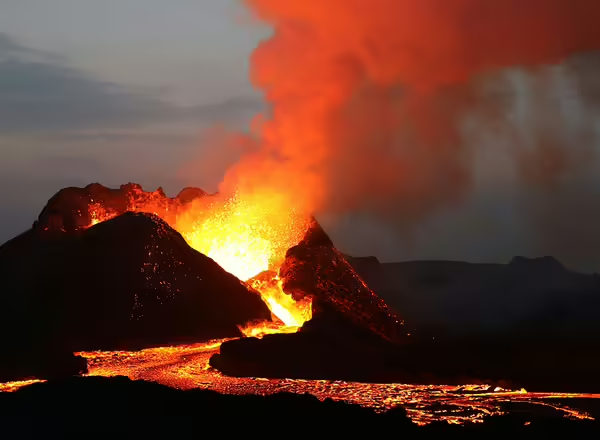
Going, Going, Gone
There have been several periods in earth’s history that large numbers of life forms died out. No one knows for sure what caused these extinctions. It may have been one catastrophic event, or a series of smaller events that changed the earth’s ecosystems so rapidly that animals or other species could not survive or adapt.
Potential causes of mass extinctions include climate change due to movements of the earth’s land masses (plate tectonics), massive volcanic activity, asteroid or comet impacts, or changes in oxygen levels in the atmosphere.

445 million years ago
Life at that time was found in the oceans. Over half of all ocean life forms appear to have died out. One theory on the cause of this event was climate change. Earth was going through a major cooling, and much of the land was covered in ice. This greatly lowered sea levels.
370 million years ago
A major die-off occurred again about 370 million years ago, with about half of most genera (families of similar creatures) not surviving through this period. Again, a change in sea levels associated with global cooling may have been a cause.

250 million years ago
The largest extinction event that ever happened on earth was about 250 million years ago. Over 80 percent of all genera on land and sea combined were wiped out. This is known as the Great Dying. A combination of volcanic activity, climate extremes, and a possible asteroid impact may have been to blame.
200 million years ago
Another huge volcanic event around 200 million years ago led to another extinction. This one, although smaller in the number of genera that were affected, still had a major impact on ocean life.

65 million years ago
The end of the dinosaurs coincided with a meteor impact around 65 million years ago, although other factors may have been involved as well. The meteor, which hit the earth near Cancun, Mexico, would have incinerated areas near the impact, and would have thrown massive amounts of solid material into the upper atmosphere, blocking out the sun.